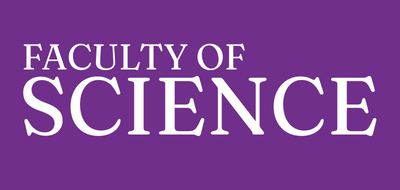Professor Jonathan Sievers, McGill University will present a Department of Physics talk entitled, "The hydrogen intensity and real-time analysis experiment".
Dark energy, the energy density associated with empty space, is one of the biggest enigmas in physics. It is driving the expansion of the universe to accelerate, effectively acting like a form of anti-gravity.
It's observed value is 120 orders of magnitude smaller than its natural value - given this discrepancy there is no strong theoretical reason to think the simplest model (that of a cosmological constant) is correct.
Recent measurements of the Hubble constant give conflicting answers when measured in the local universe and when measured far away, when the cosmos was much younger. This tension could be a sign of time evolution of dark energy, which would be one of the most surprising results in physics of all time. The Hydrogen Intensity and Real-time Analysis eXperiment (HIRAX) is a planned 1,024-element radio telescope that will study the evolution of the universe when the universe was approximately
2-6 billion years old (redshift 2.5 to 0.8). By tracing out the growth of structure in the universe during this period, it will measure basic cosmological parameters of the universe, including the evolution of dark energy. We give an overview of the instrument status and the science to be addressed by HIRAX (which will also include searching for new pulsars and fast radio bursts, which are perhaps the most mysterious objects in astronomy today).
